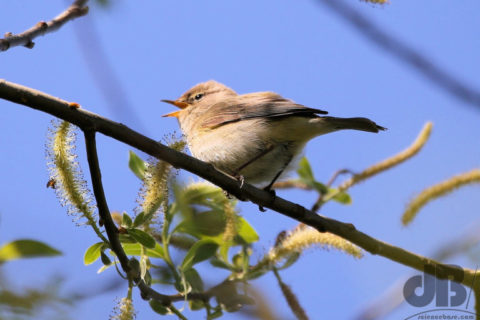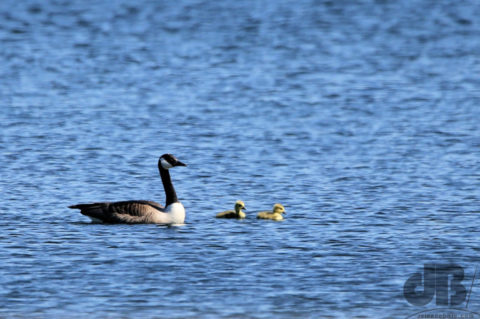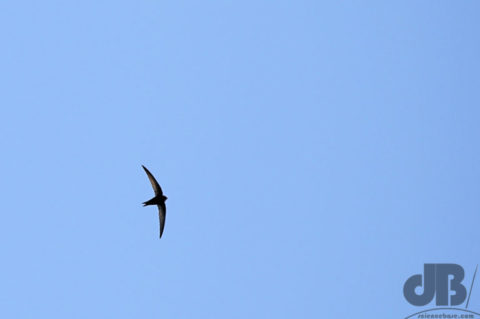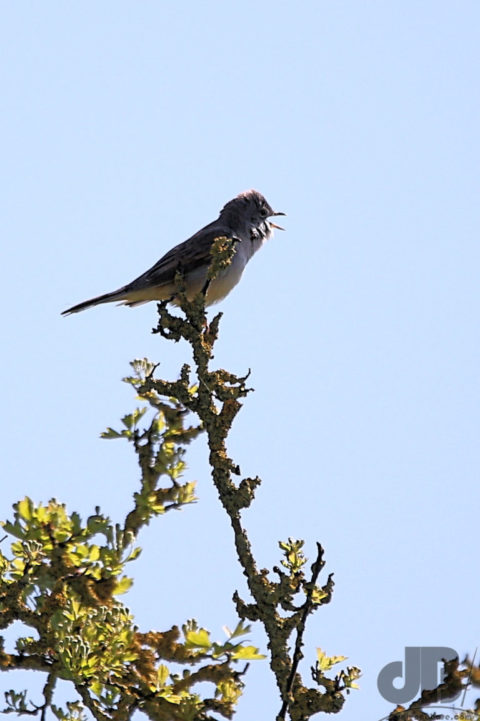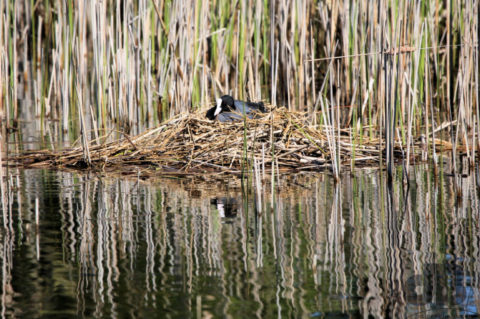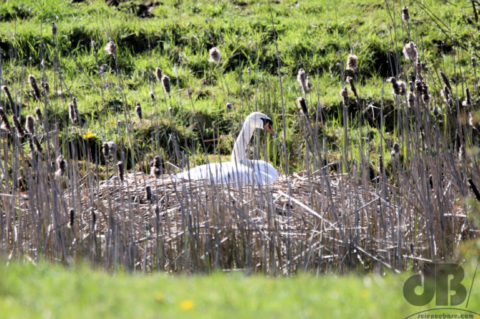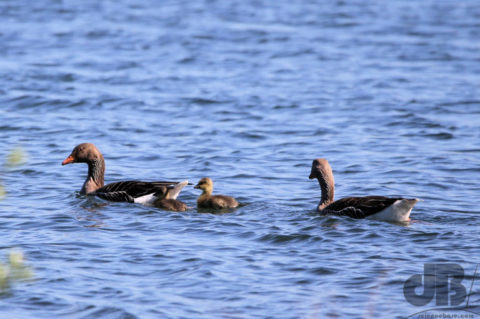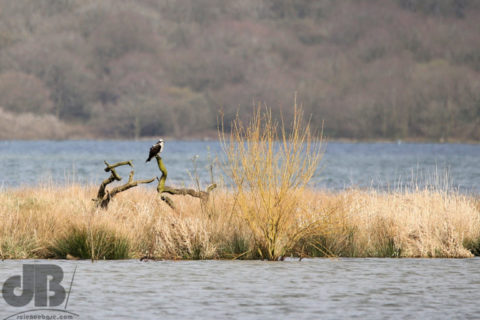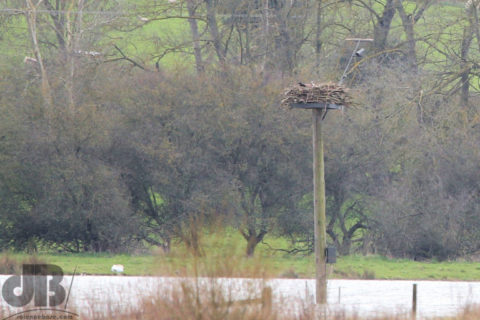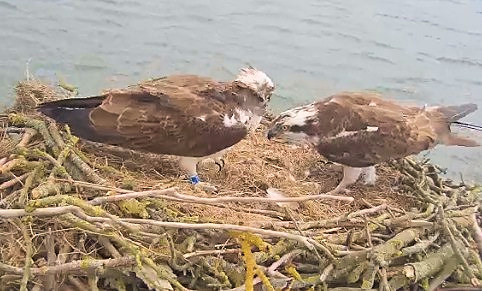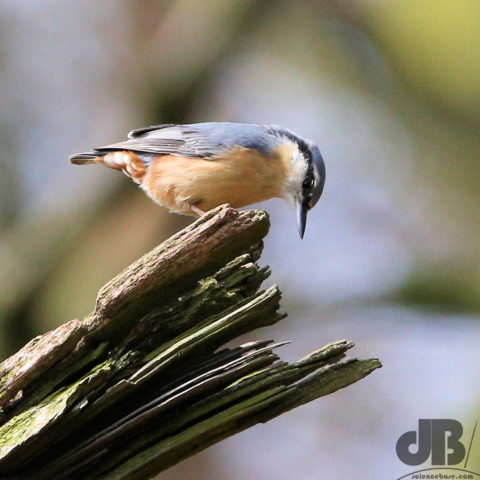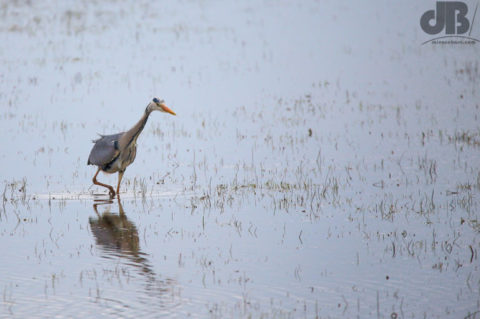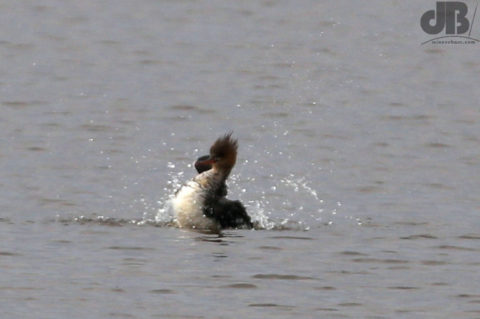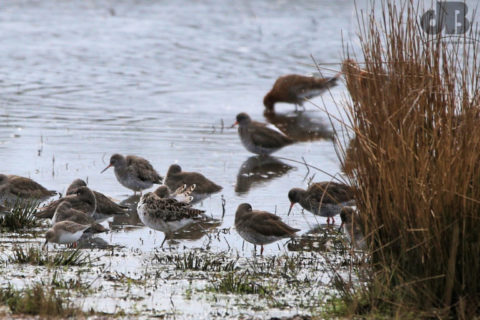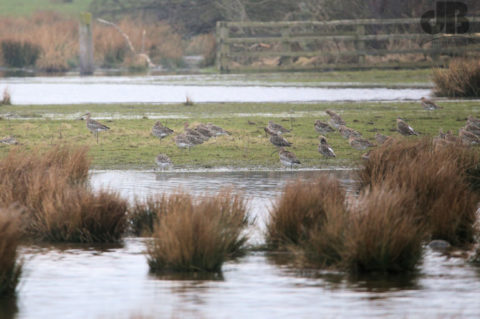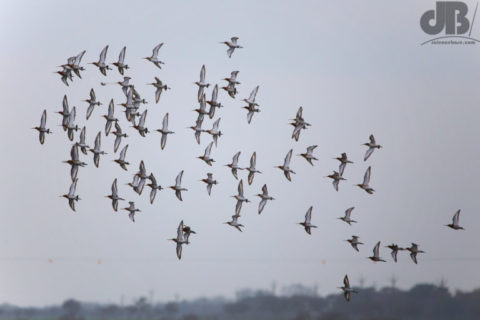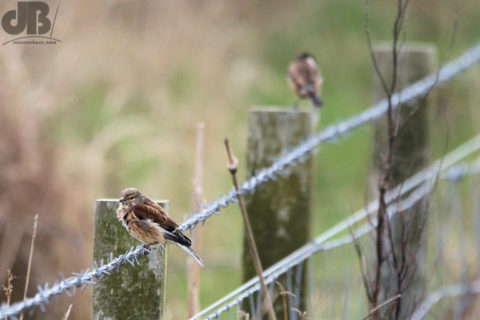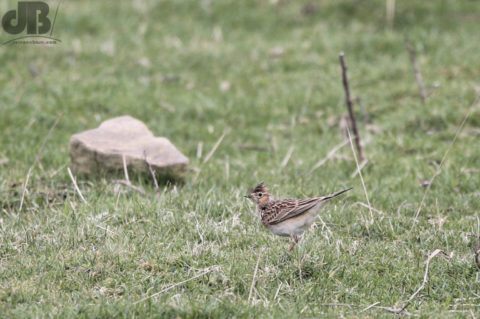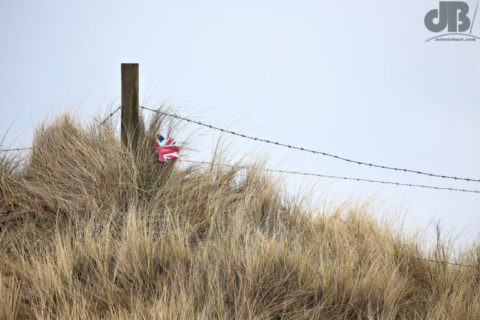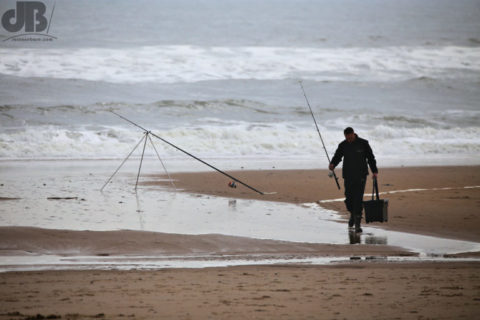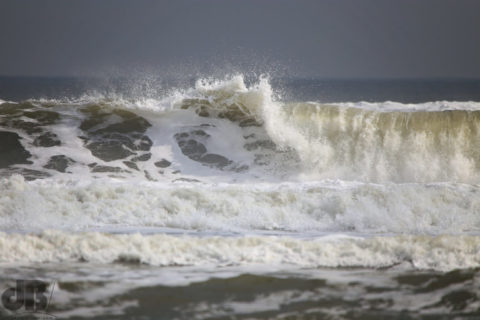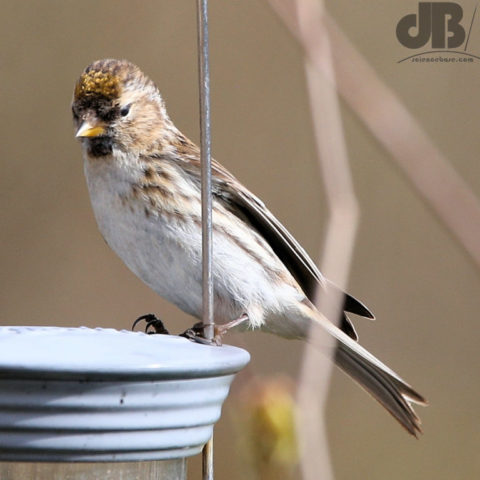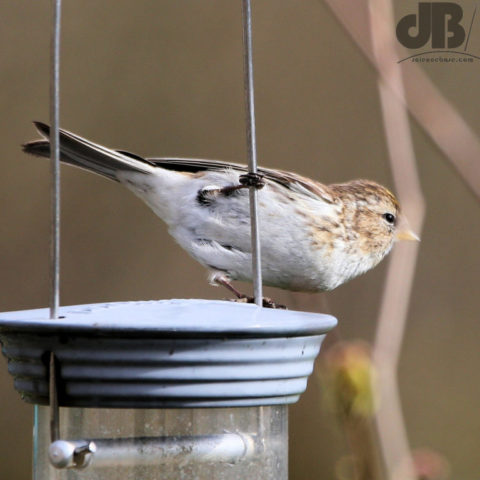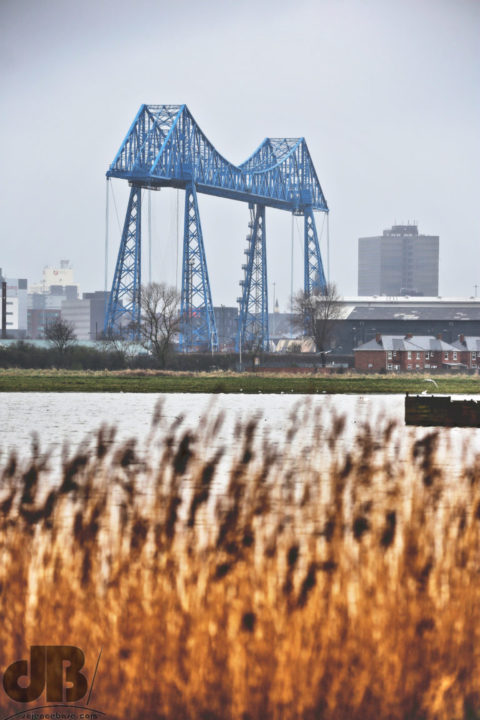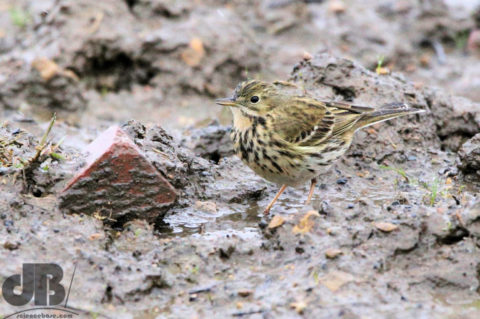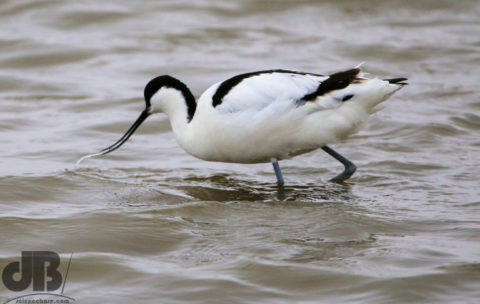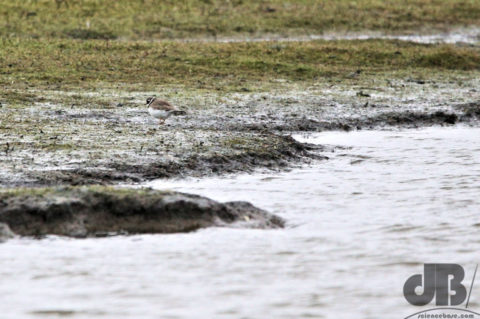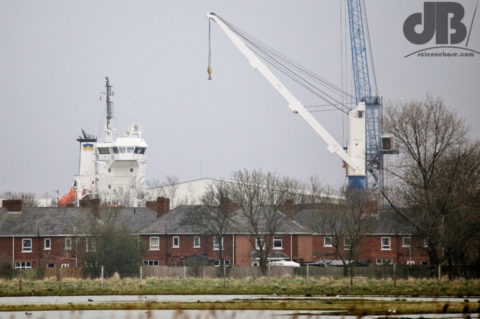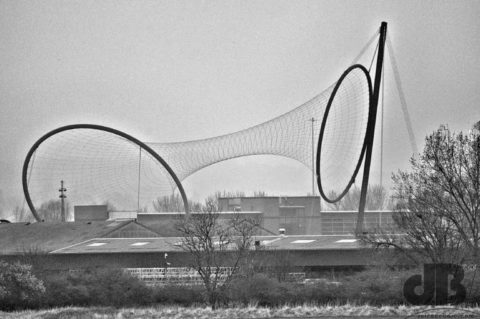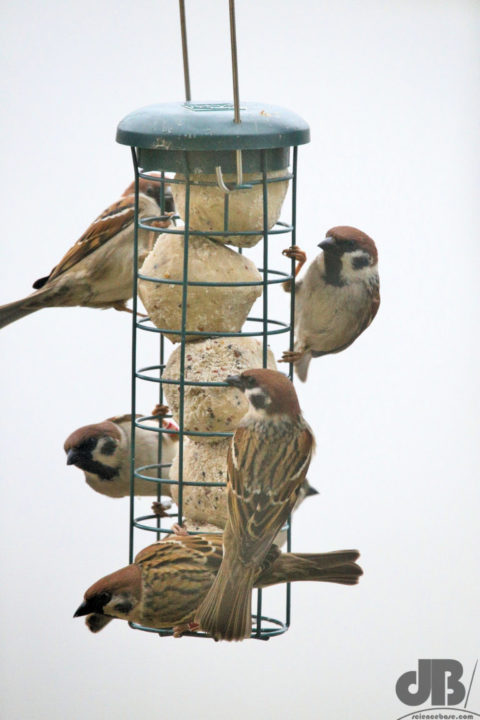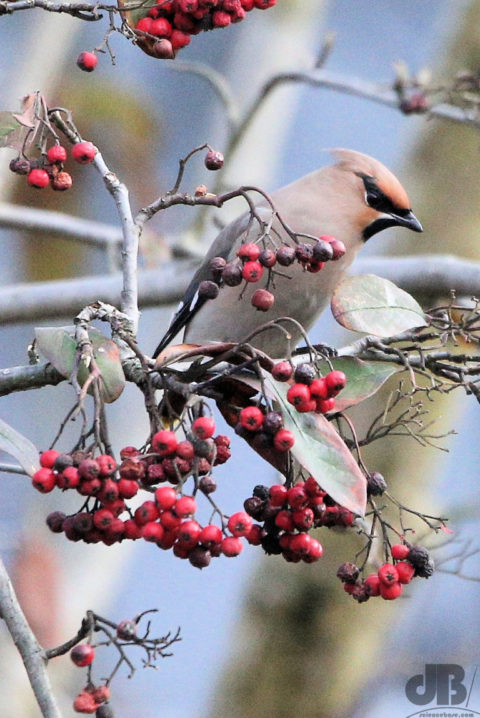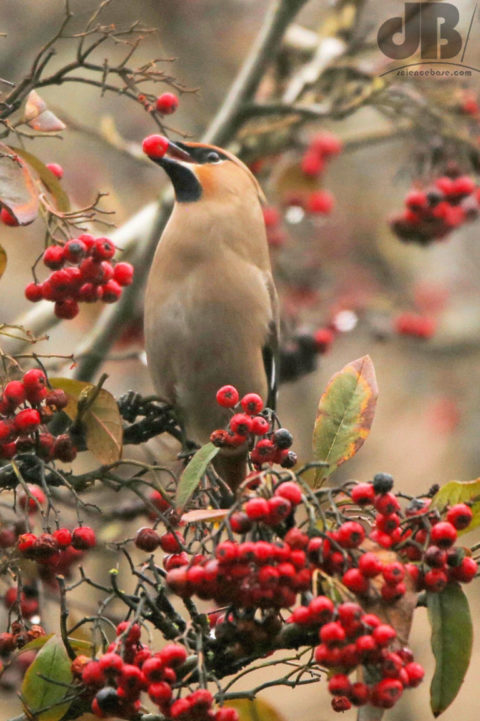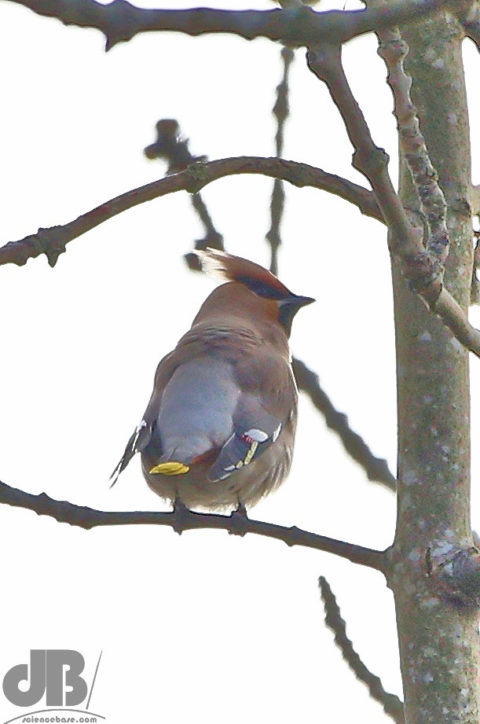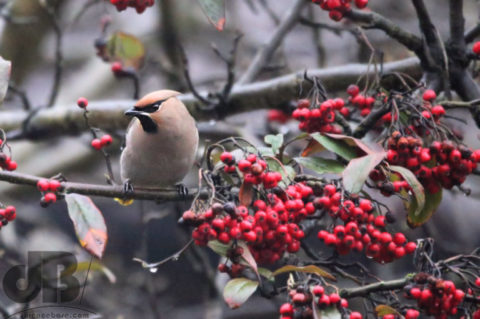For me as a kid, you couldn’t beat a good space book, if it was stars and planets and the almost science fiction world of the Space Shuttle (in the early 1970s it was still a dream). I say that but a good shark book would come close, or better still one that had dolphins and whales too. Then again, one with magnets and motors, circuits and pulleys might occupy my time and at least in my pre-teens I had a chance of playing with magnets, but not swimming with dolphins. But, if I remember rightly, those subjects were not the top of the list. Dinosaur books were the top of the list.
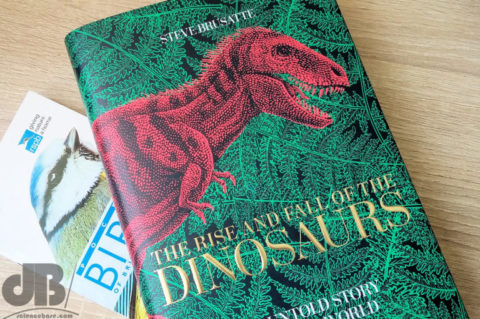
Landing on my desk today is Steve Brusatte’s latest tome and it goes by the rather enticing title of “The Rise and Fall of the Dinosaurs: The Untold Story of a Lost World“. What more could my pre-teen self want? Well, admittedly it is mostly words and far fewer pictures than I would’ve preferred at that age, but these days I can cope with lots of words. Brusatte is one of the world’s leading palaeontologists and he evolves the engrossing story of the rise and demise of the dinosaurs from the dominant place in life on earth to their end 66 million years ago.
Of course, Chapter 8 reminds us, to my delight and my current sciencey preoccupation, that the dinosaurs never really went away. Indeed, the descendants of the theropod dinosaurs of which Tyrannosaurus rex is perhaps the most famous and infamous example, are alive and well to this day and flapping their feathered wings all around the world. All ~10,500 species of them…the birds.
Brusatte has discovered and named 15 new species of dinosaur and led groundbreaking (literally?) studies of the rise and fall of these animals.
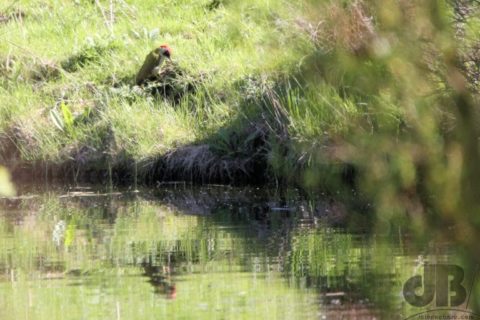 There were reports of a migrant
There were reports of a migrant 